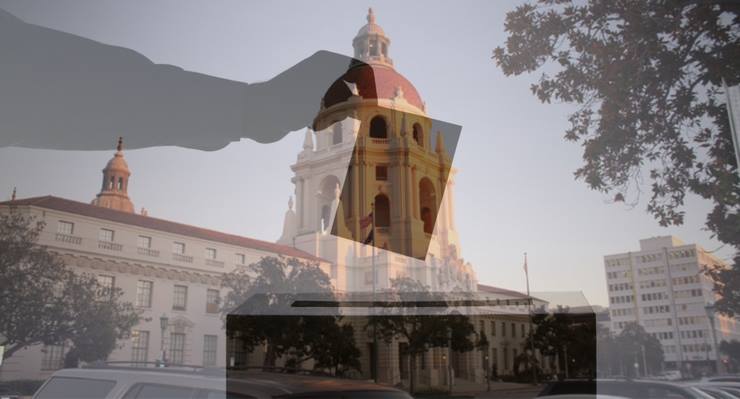
Researchers at USC and NASA’s Jet Propulsion Laboratory in Pasadena say they will be the first team in the world to launch fungi into space for the purpose of potentially developing new medicine for use both on Earth and in space.
USC News says USC and JPL researchers will send specimens of Aspergillus nidulans, a well-studied variety of fungus, to the International Space Station aboard the SpaceX CRS-8 mission. A Falcon 9 rocket is scheduled to launch from Cape Canaveral Air Force Station in Florida at 1:43 p.m. PDT on April 8, 2016.
“This is an ambitious project for NASA to see if we could have some breakthrough in space biology,” says Kasthuri “Venkat” Venkateswaran, senior research scientist at JPL and co-principal investigator in the study. “Until now, we have sent bacteria and yeast to the ISS. We have also exposed fungi to facilities outside ISS, but this is the first time we are growing fungi inside ISS to seek new drug discovery. NASA needs to develop self-sustaining measures to keep humans healthy in space because calling 911 is not an option.”
The launch will be SpaceX’s first Cargo Resupply Services flight since CRS-7 exploded 139 seconds into flight on June 28, 2015.
The USC News report said certain types of fungi produce very important molecules – called secondary metabolites – that are not essential for their growth or reproduction but can be used to make beneficial pharmaceuticals. Examples of secondary metabolites are the antibiotic penicillin and the cholesterol-lowering drug lovastatin.
Clay Wang, Professor of pharmacology and pharmaceutical sciences and chemistry at the USC School of Pharmacy and the USC Dornsife College of Letters, Arts and Sciences, says the stressful environment of the International Space Station (ISS) could trigger changes in physiological responses and metabolism of the fungus.
“The high-radiation, microgravity environment in space could prompt Aspergillus nidulans to produce molecules it doesn’t create in Earth’s less stressful conditions,” Wang, who heads the USC-JPL collaborative study, told USC News. “We’ve done extensive genetic analysis of this fungus and found that it could potentially produce 40 different types of drugs.”
The organism is known to produce osteoporosis drugs, which is very important from an astronaut’s perspective because in space travel, astronauts experience bone loss, Wang adds.
Based on current Earth-based research, USC scientists said molecules from Aspergillus nidulans have the potential to be used in anti-cancer, anti-fungal and Alzheimer’s disease studies.
Wang began focusing his research on this “fungal Rosetta Stone” in 2005 and has been able to link about 30 percent of its secondary metabolites genes with the potential bioactive products they produce. His lab has yet to unlock and mine cryptic pathways that could prove to be useful therapeutics.
“These drug-producing organisms do not make all the drugs they can make,” Wang said. “In most cases, the drug-producing pathways are silent. They only make the drugs when they need to.”
For this mission, four different Aspergillus nidulans strains will be stored at 4 degrees Celsius (39.2 degrees Fahrenheit) and placed in the payload of SpaceX CRS-8. Once the spacecraft reaches the ISS, the fungi will be placed in ideal growth conditions at 37 degrees Celsius (98.6 degrees Fahrenheit), where they will remain for either four or seven days. The fungal payload will then be cooled to 4 degrees Celsius.
After splashdown in May, the samples will be returned to USC, enabling Wang and his team to analyze the data with a control sample grown on Earth. Wang said this is the first project where an intersection between pharmaceutical science and space exploration is applied.
“Drugs have an expiration date,” Wang said. “NASA’s human mission to Mars is expected to last anywhere from one to three years. Not all drugs are going to be stable in that time period, so the ability to make drugs in space will enable us to go further away from Earth and will also benefit future space explorations.”
NASA’s Space Biology Program, which aims to uncover new basic knowledge that could equip the agency for human space exploration, provided JPL and USC $600,000 for this study.
USC School of Pharmacy doctoral students Jillian Romsdahl and Adriana Blachowicz participated in this project.














 0 comments
0 comments


